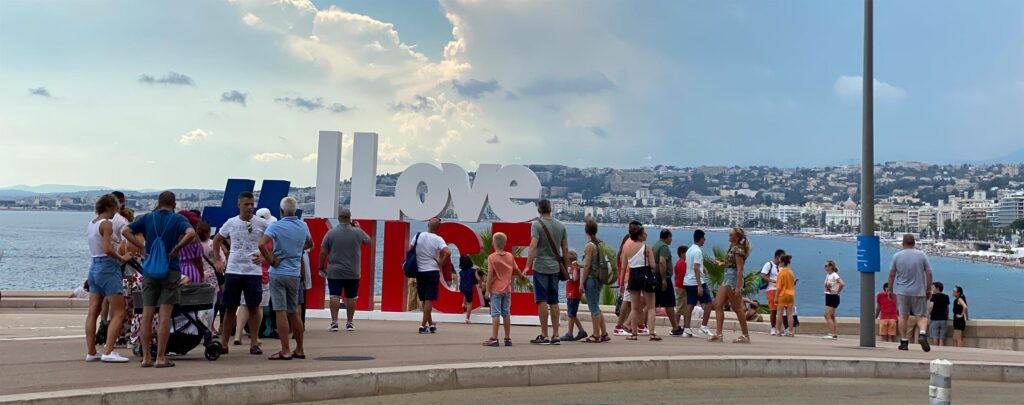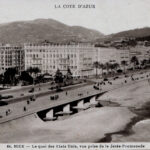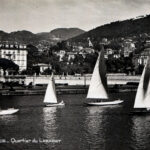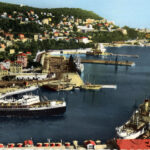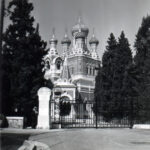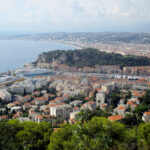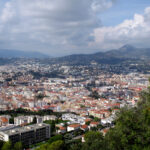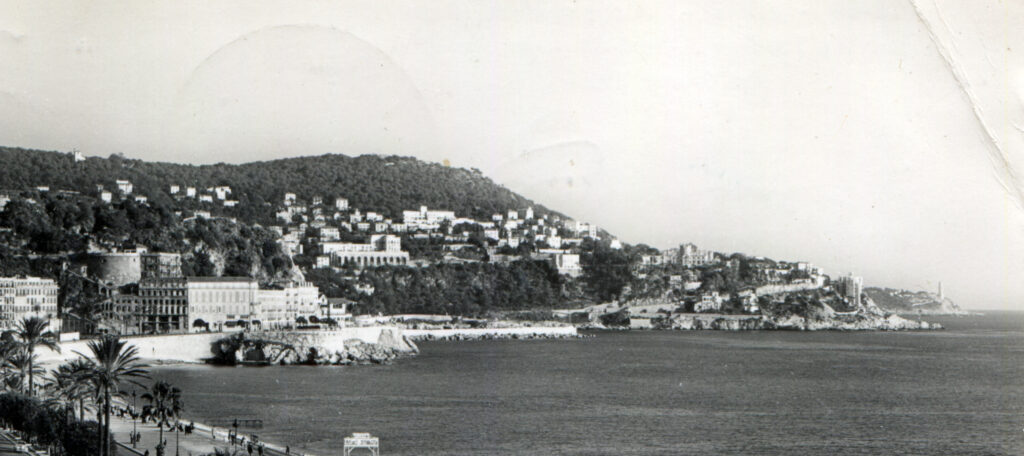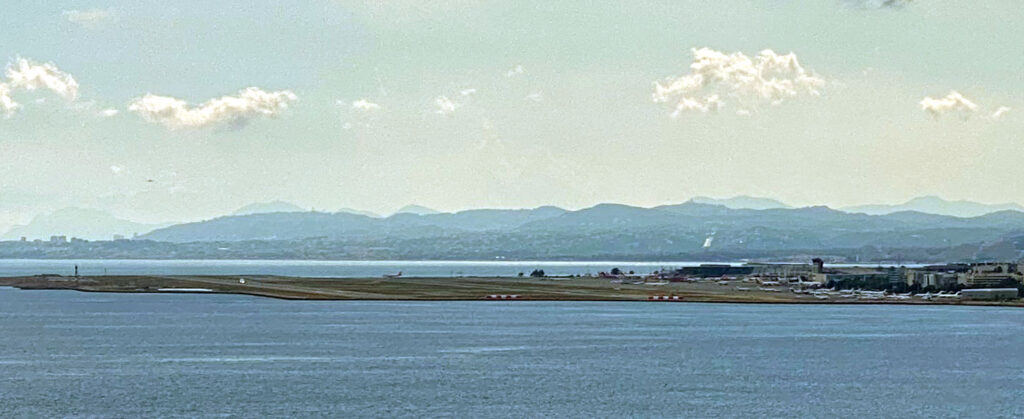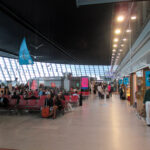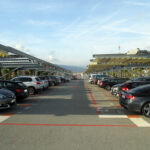Nice is a Mediterranean city and seaport in southern France. Capital of the Alpes-Maritimes department. More than 352 thousand inhabitants (2007). Major transport hub. There is an international airport. One of the main resort areas of the Cote d’Azur (or the French Riviera).
Nice was founded by the Greeks in the middle of the 4th century BC. e. and was named Nicaea in honor of the goddess of victory Nike, in commemoration of the victory over the Ligurians. It became one of the most important trading cities on the coast of the Ligurian Sea and existed until the invasion of the Lombards. In the 7th century, Nice joined the Genoese League, which united the cities of the Ligurian coast. In 729 the league repulsed the invasion of the Saracens, but the latter in 859 and 880 sacked and burned Nice, and for most of the 10th century the city and the surrounding territories were under their rule. In the Middle Ages, Nice was repeatedly subjected to disasters and wars. The kings of France tried to capture it, but the city successfully defended its freedom. In the 13th and 14th centuries, Nice was repeatedly captured by the rulers of Provence, and in 1388 the city came under the protection of the County of Savoy. From then on, Nice was part of the Duchy of Savoy until 1860, when the Kingdom of Sardinia ceded Nice to France under the Treaty of Turin. This period was divided into two parts – from 1691 to 1731, when King Louis XIV of France took possession of Nice, and from 1792 to 1814, when the city was captured by Napoleon. The city had been fortified and was now able to deal with the Barbary pirates. Good roads were laid. During the wars between Francis I and Charles V, great destruction was caused by the armies that invaded Provence; pestilence and famine raged in the city for a number of years. In 1538, these monarchs, through the mediation of Pope Paul III, made peace for 10 years, but in 1543 Nice was again attacked by the combined forces of Francis I and pirates under the command of Khair ad-Din Barbarossa and, although the inhabitants repelled the attack, which followed a strong shelling the city, they were eventually forced to surrender, and Barbarossa allowed the city to be sacked and captured 2,500 prisoners. Invasion and French annexation of the Italian regions of Nice and Savoy in 1860. The washerwoman Catherine Seguran entered the history of the city. During the siege of Nice by the Berbers on August 15, 1543, this woman, armed with a laundry roller, killed an enemy soldier and took away his banner. The stunned pirates were dumbfounded when Katrin expressed her contempt to them, pushing up her skirts and showing her bottom. In 1550 and 1580 plague epidemics raged in the city. After the Napoleonic Wars, Nice gained its popularity as a resort: the mild climate and warm winters attracted foreigners to these parts. In the second half of the 20th century, Nice led a rather quiet existence under the rule of Mayor Jean Medessen (1928-1944, 1947-1966) and his son Jacques (1966-1990). The only emergency was the tsunami on October 16, 1979, which claimed the lives of 9 people. Modern Nice has repeatedly become the venue for international political forums.
Old and new photo gallery of Nice and surroundings, collection of authors
- Nice, USA promenade
- Lazareth quarter
- Port and ships
- Orthodox Cathedral of St. Nicholas
- International liners, yachts and boats in the port of Nice
- The old city is at a glance, behind it are mountains and Grasse
Seaport, environs, forts and fortresses
During a tour of the surroundings or a sightseeing trip along the Côte d’Azur, magnificent views of Nice open up from the fortresses.
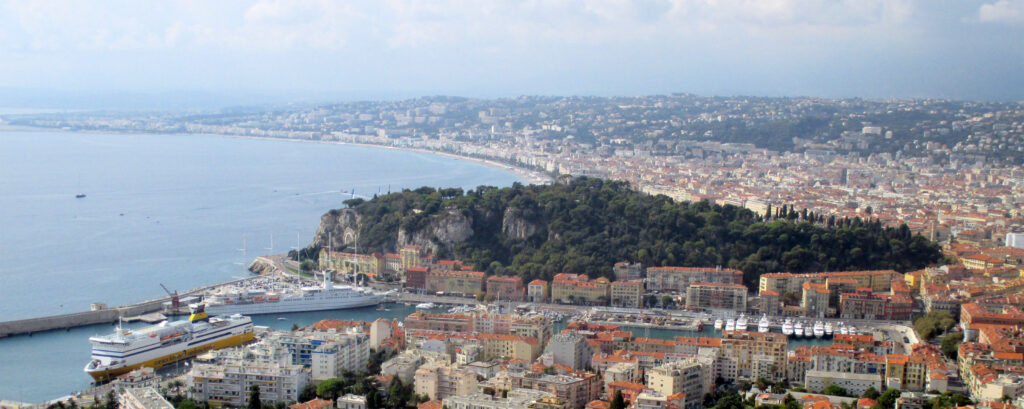
Modern view of the seaport, the promenade of Nice, the beaches and the Alpes-Maritimes towards Cannes – Grasse
- Nice International Airport, transfer to hotel, rent a car
- Aircrafts and runway
- Comfortable waiting rooms
- passenger check-in and boarding gate
- transfer by car to the hotel or resort

